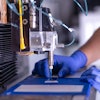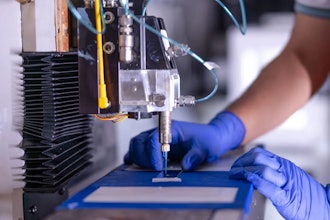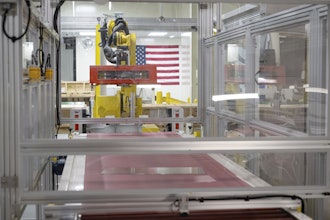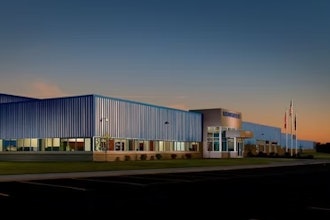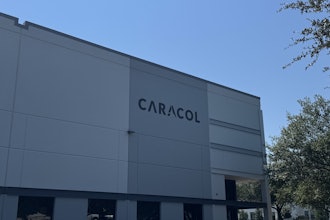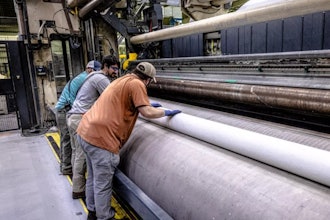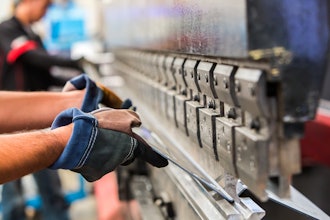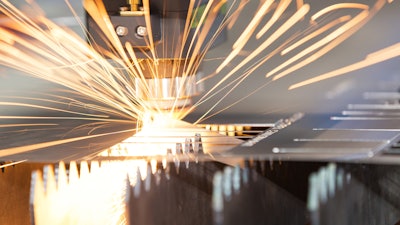
An innovative laser system could establish an entirely new method of manufacturing and product design, engineers from a U.K. university said this month.
Heriot-Watt University scientists said the technology, which utilizes extremely brief pulses of infrared light at picosecond intervals, was able to overcome the widely varied thermal properties of different materials and effectively weld them together.
“At the moment, equipment and products that involve glass and metal are often held together by adhesives, which are messy to apply and parts can gradually creep, or move,” Duncan Hand, who leads a laser manufacturing technology consortium based at Heriot-Watt, said in a release.
The system, Heriot-Watt scientists said, was able to weld quartz, sapphire or glass together with aluminum, titanium or stainless steel.
Ordinarily, the high temperatures needed to weld metal would shatter glass, Hand said, but the new system focused a high amount of energy across just a few microns where the two materials are joined — resulting in a tiny “microplasma” within a highly confined melt region.
In addition to effectively joining the materials without the use of adhesives, subsequent tests showed the bonds withstood conditions between minus-50 to 90 degrees Celsius.
Scientists said they are working with laser specialists and end-users to develop a prototype and move the technology toward the commercial market.

